Android 14 is the latest 21st version of the Android mobile operating system, launched in October 2024 by Google. Initially, Google rolled out developer preview and public beta builds. The Android 14 OS stable version is live for eligible Pixel devices and will soon be available for other OEMs. Though Android 14 has many features and improvements, the inbuilt AOD feature seems problematic. Recently, multiple reports claimed that Android 14 is Always On Display AOD Not Working.
The Always on Display (AOD) is one of the most effective features that has been included in Android in the last couple of years. Recently, AOD also has been introduced in iPhone 14 Pro and newer models. Well, the Always on Display feature is basically designed and developed to showcase the time, date, and important notifications in a very minimalistic interface, while the overall screen gets dark/dull to reduce battery usage. You can also see the battery percentage level. But Android 14 users are facing some issues.
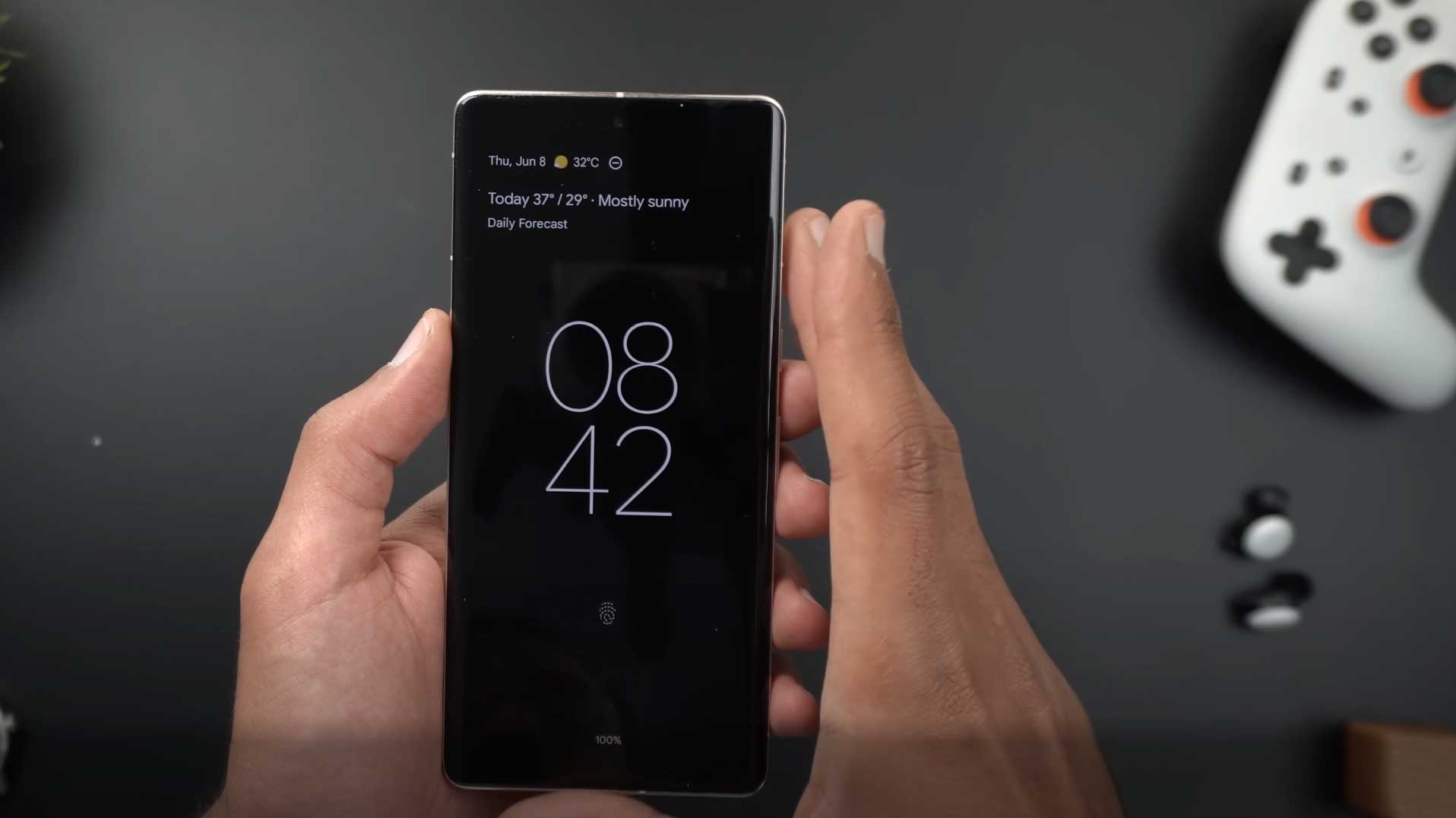
Page Contents
- What is Always on Display (AOD)?
- Fix: Android 14 Always On Display AOD Not Working
- 1. Force Reboot the Phone
- 2. Ensure AOD is Turned On
- 3. Disable Battery Saver
- 4. Update the System Software
- 5. Turn Off Ambient Display
- 6. Wipe Cache Partition
- 7. Clear Cache and Storage Data of AOD
- 8. Check Proximity Sensor Not Blocked
- 9. Disable Screen Saver
- 10. Enable Always Show Time and Info
- 11. Enable Tap to Check Phone
- 12. Turn On Lift to Check Phone
- 13. Factory Reset All Data
What is Always on Display (AOD)?
An Always-on-Display (AOD) is a useful feature provided by OEMs to smartphones that allow users to avoid distractions and show limited information while the phone screen is locked. AOD is currently available on multiple OEM smartphones like Samsung Galaxy, iPhone, Pixel, etc. The AOD feature lets you see the time, date, notifications, missed calls, messages, battery percentage level, and more when the screen is turned off.
Fix: Android 14 Always On Display AOD Not Working
Now, if you’re also facing the same issue then don’t worry. Here we’ve shared with you some workarounds that can be useful to fix AOD not working issues. It’s suggested to follow all methods until the problem has been fixed. So, without further ado, let’s jump into it.
1. Force Reboot the Phone
First, you’ll need to force restart your Android 14 device to check if the system cache has been removed and the AOD feature started working or not. As some users have already found this method useful, check the following steps. To do so:
- Long-press the Power button for a while until the screen goes off and the boot logo appears.
- Now, you can release the Power button to let the device boot into the system.
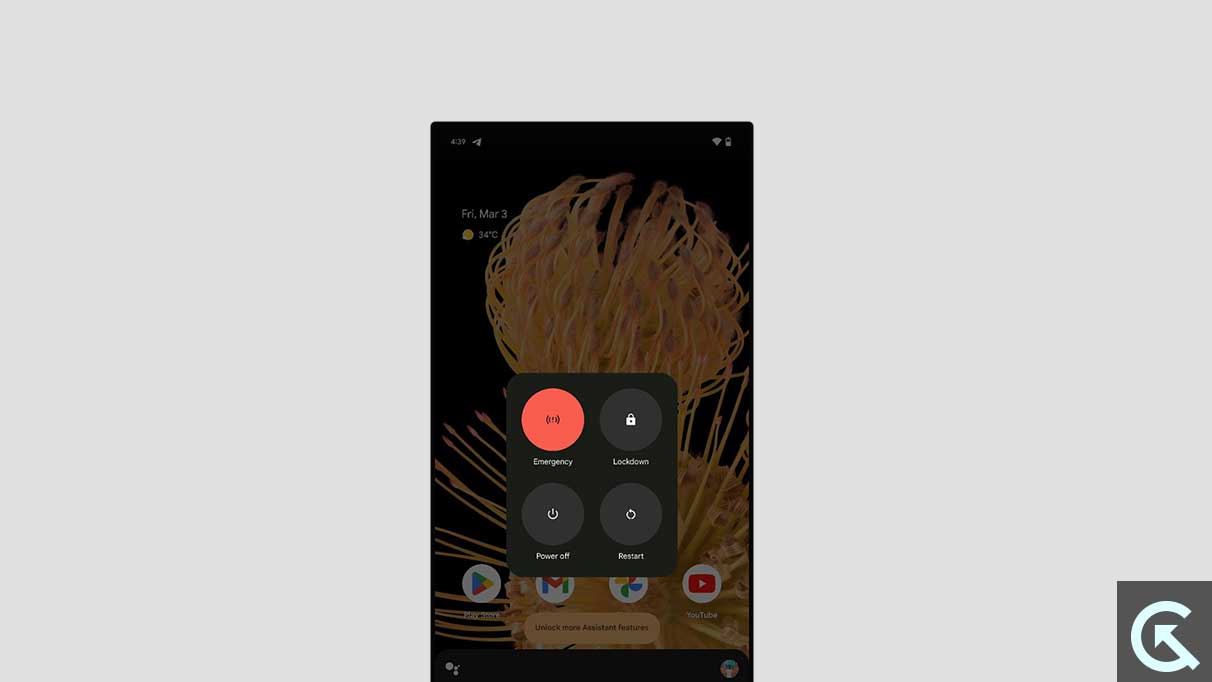
- It’s a soft reset method, also known as force reboot to refresh the system.
2. Ensure AOD is Turned On
AOD (Always on Display) is a feature that keeps the phone’s display on and shows the time, date, and unread notifications in a low-power mode. The AOD screen interface is grayscaled to avoid distractions and reduces battery usage. Tapping on the screen one or two times will wake up the display with the normal interface. It basically helps users to avoid turning on the lock screen all the time. You should check whether the Always show time and info option is enabled.
- Open the Settings app > Scroll down and tap on Display.
- Tap on Lock screen > Tap on Lock screen display.
- Enable the Always Show time and info toggle.
3. Disable Battery Saver
Make sure to disable the battery-saver feature on your Android 14 handset to allow the background tasks to run smoothly. Battery saver or Power saving mode can always restrict ongoing processes and auto-update apps might get limited. To do it:
- Open the Settings app > Tap on Battery.
- Turn Off the Battery Saver. [if already enabled]
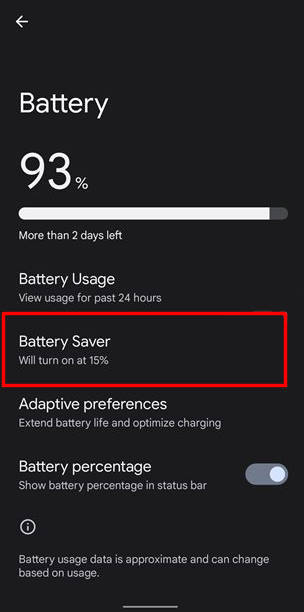
4. Update the System Software
An outdated system software might be another reason behind the always-on-display mode not working issue on Android 14 because system bugs or stability issues can trouble a lot. As Android 14 is a newly released operating system in the market when writing this guide, you may expect some issues. It’s worth checking for software updates because Google pushes the latest OTA updates and security patch updates periodically.
- Open the Settings app on Android 14.
- Tap on System > Tap on System update.
- If the update is available, tap on Download and Install.
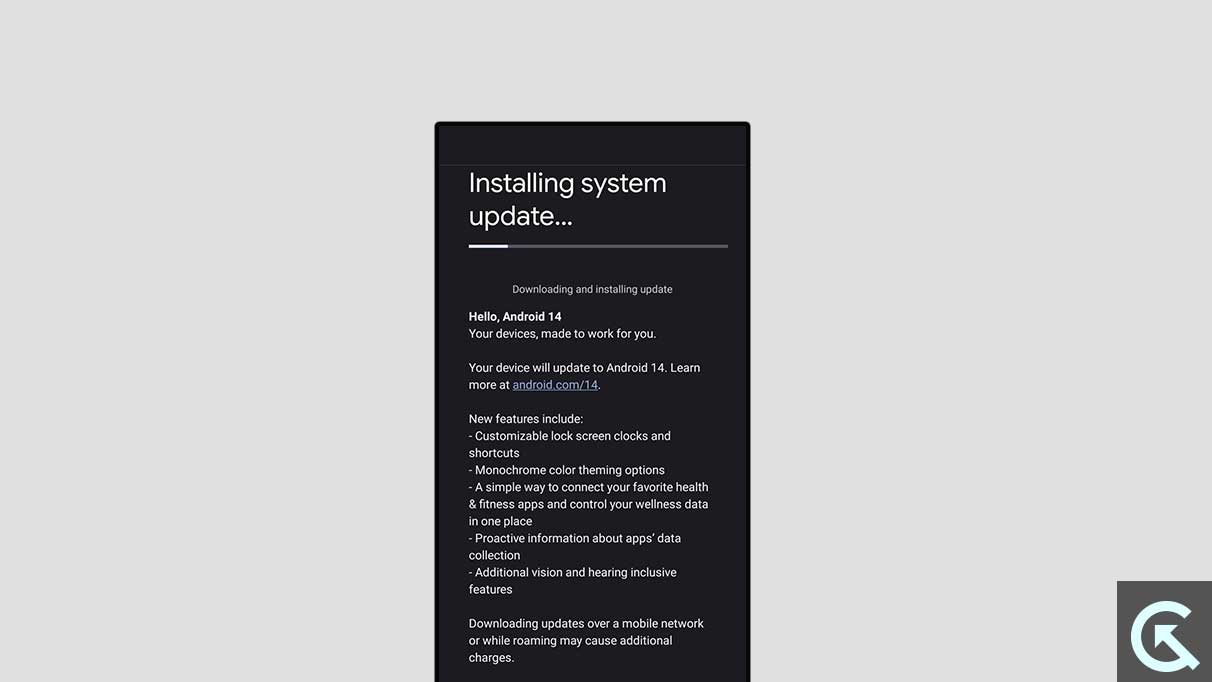 Now, follow the on-screen steps to update.
Now, follow the on-screen steps to update.- Once done, restart your device.
5. Turn Off Ambient Display
Make sure to temporarily disable the ambient display mode to check if the problem has been fixed. Sometimes, turning off and on the feature manually can fix several issues to some extent. So, you can try it once.
- Open the Settings app > Tap on Display.
- Tap on Ambient Display and turn it Off.
- Wait for a while to check if the problem has been fixed or not.
- If not, you can turn it on again.
6. Wipe Cache Partition
The latest generation Google Pixel phones don’t have a cache partition. They use dual system partitions for system updates. If you’re interested in clearing cache for any particular application then you can follow the next method. Otherwise, you can use the recovery method to wipe the cache partition on your older Pixel device or other OEM devices by following the steps below.
- Power Off your Android 14 phone entirely.
- Press and hold the Volume Up+Volume Down+Power buttons together at the same time.
- Once the Recovery Menu appears, use your volume keys to navigate.
- Now, use the Power key to select the Wipe Cache Partition.
- Press the Power button again to confirm and hit Yes.
- Wait for some time to clear the partition.
- Finally, reboot the device into the system again.
7. Clear Cache and Storage Data of AOD
You should also clear the cache and the data of the AOD app to ensure there is no issue with the temporary cache issue on the respective device. You can check the following steps to do so.
- Go to the device Settings menu.
- Navigate to Apps & Notifications.
- Now, tap on See All Apps.
- Tap on AOD to open the app info page.
- Then tap on Storage & Cache.
- Next, tap on Clear Cache.
- Once done, tap on Storage & Cache.
- Tap on Clear Storage.
- If prompted, confirm the same.
- Finally, restart the device to apply changes.
8. Check Proximity Sensor Not Blocked
Ensure no blockage or restrictions to the proximity sensor near the earpiece on your handset. In case, any dirt/moisture has been clogged on the sensor part or somehow your hand palm or finger is covered then Always on Display might not work.
9. Disable Screen Saver
Disabling the screen saver mode on the Android 14 device might sometimes trigger issues with the always-on-display feature. You can try turning it off manually by following the steps below.
- While charging, docked or both:
- While on the screen saver settings, tap on When to start.
- If you don’t see “When to start”, tap on More and then When to start.
- Tap on While charging, While docked, or While charging or docked.
- Docked means your phone is connected to a dock, a type of phone accessory.
- While on the screen saver settings, tap on When to start.
10. Enable Always Show Time and Info
It’s recommended to enable always show time and info which is known as always-on-display on Pixel devices. To do so:
- Go to Settings > Tap on Display.
- Select Lock Screen > Always Show Time and Info – Turn it On.
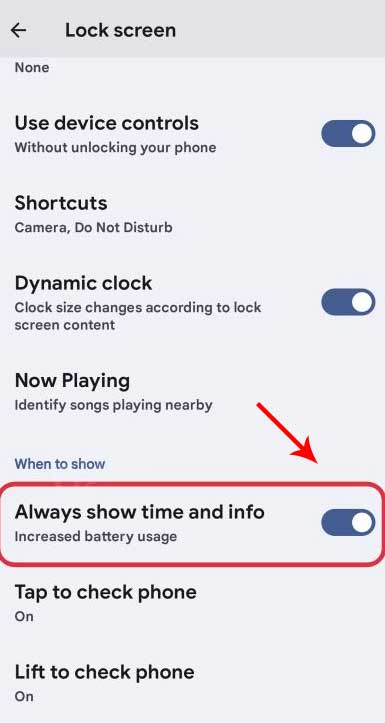
- Check if always-on-display is working on Android 14.
11. Enable Tap to Check Phone
You should also turn on tap to check phone on your handset by following the steps below to ensure there is no issue with the always-on-display feature.
- Go to Settings > Display > Lock Screen.
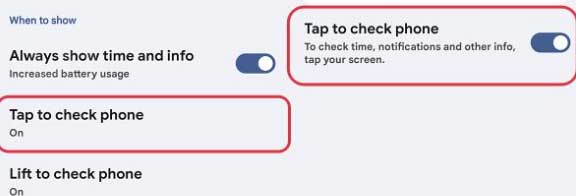
- Enable the Tap to Check Phone toggle.
- Then check if AOD is running well on Android 14 or not.
12. Turn On Lift to Check Phone
There is another option available on Pixel devices that should be turned on manually by following the steps below. It’ll eventually help in waking up the device’s screen when you pick up the phone.
- Go to Settings > Tap on Display.
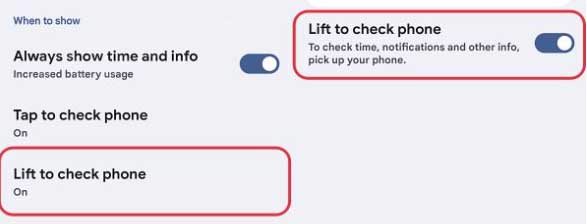
- Select Lock Screen > Turn On the Lift to Check Phone option.
- Once done, check for the issue again.
13. Factory Reset All Data
If nothing seems working for you then make sure to perform a factory reset of all data on your handset by following the steps below. Though a factory reset will wipe all data, it eventually fixes multiple issues with the system and installed applications.
Note: Performing the factory reset on the phone will delete all internal storage data completely. So, you should take a backup of the onboard storage data before resetting to avoid data loss.
- Go to Settings > Tap on System.
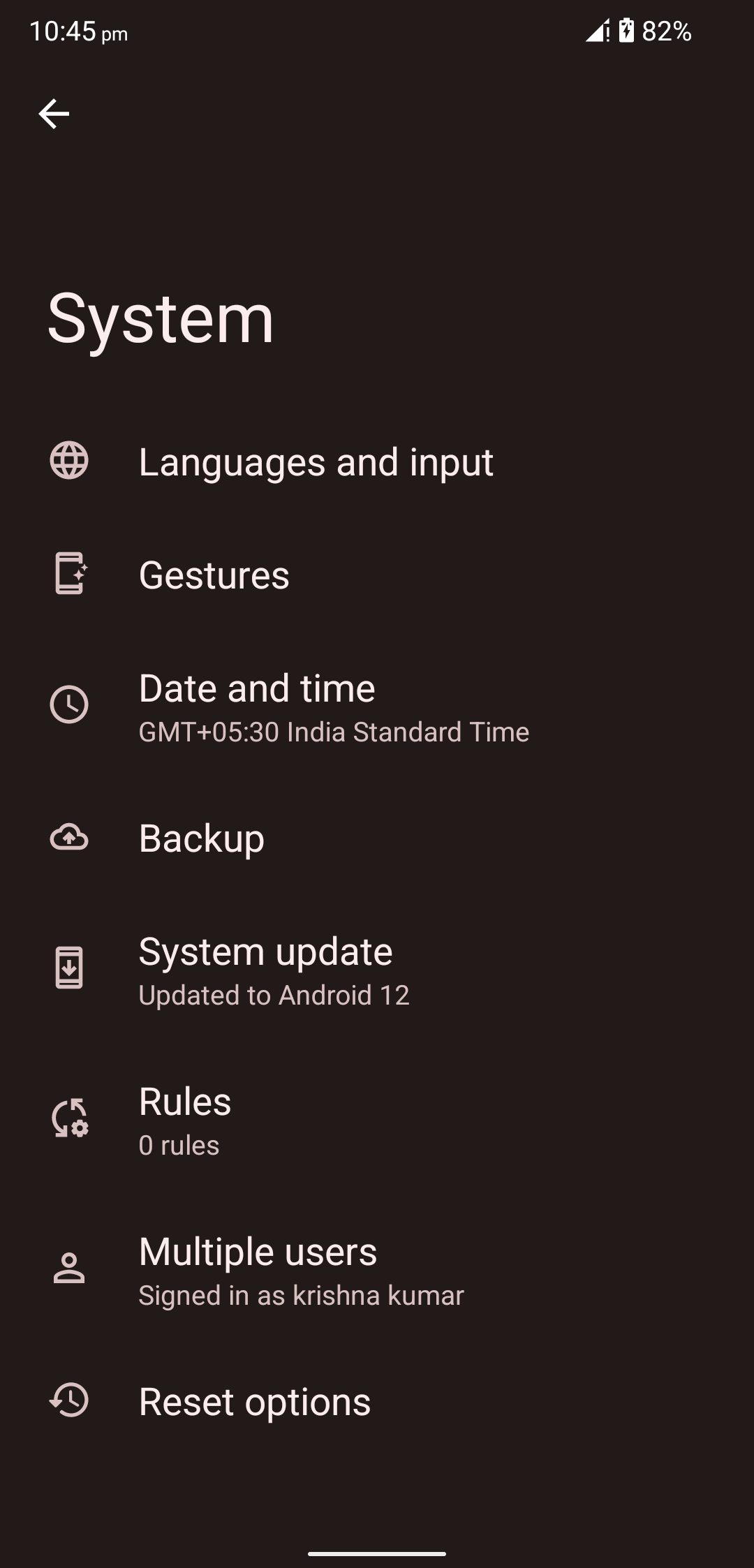
- Tap on Reset options > Select Erase all data (factory reset).
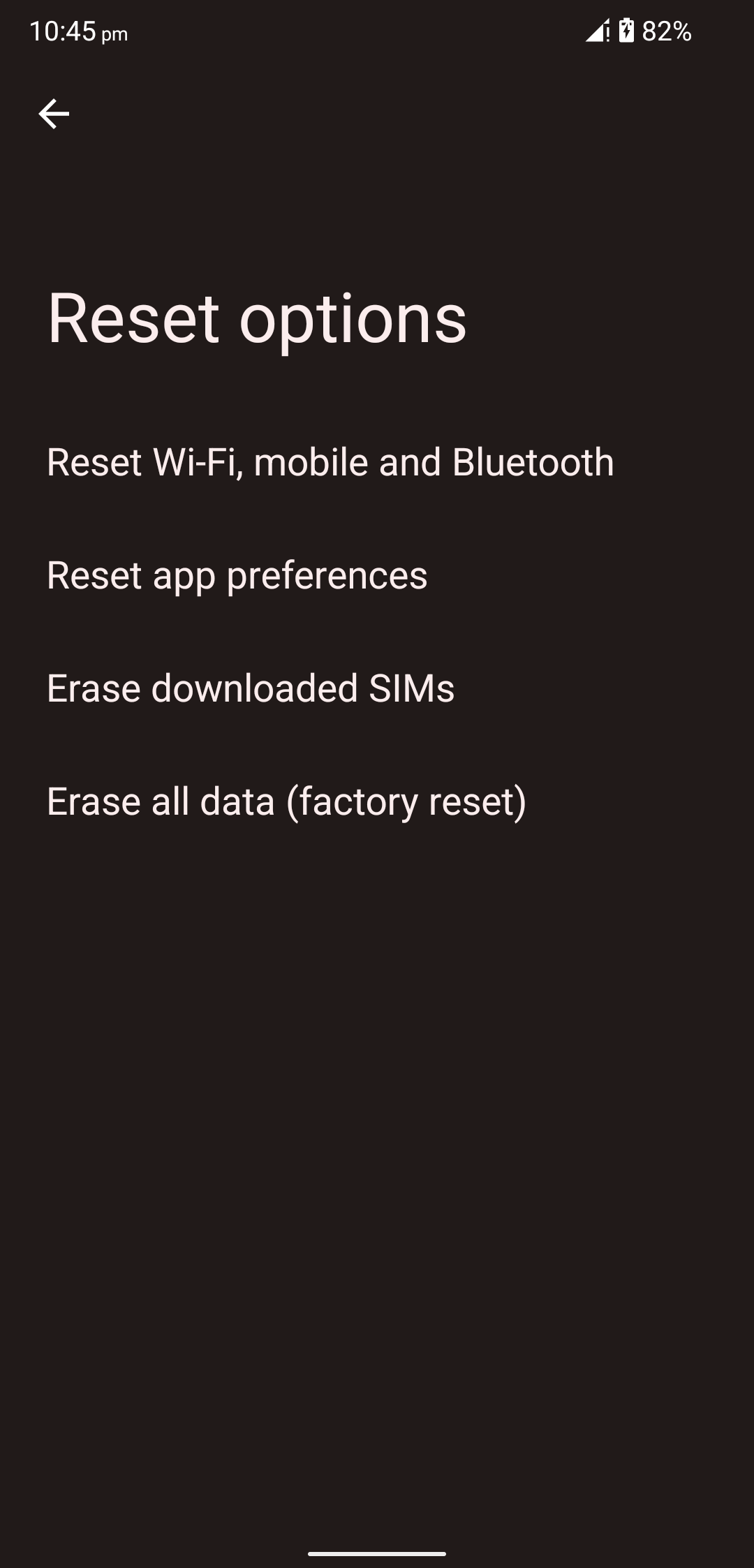
- If prompted, tap on Delete all data to confirm the factory reset.
- Well, it may take a couple of seconds.
- Once done, restart the phone.
- After resetting, the first boot will take some time.
- Finally, check for the Android 14 Always On Display AOD Not Working issue.
That’s it, guys. We assume this guide was helpful to you. For further queries, you can comment below.
